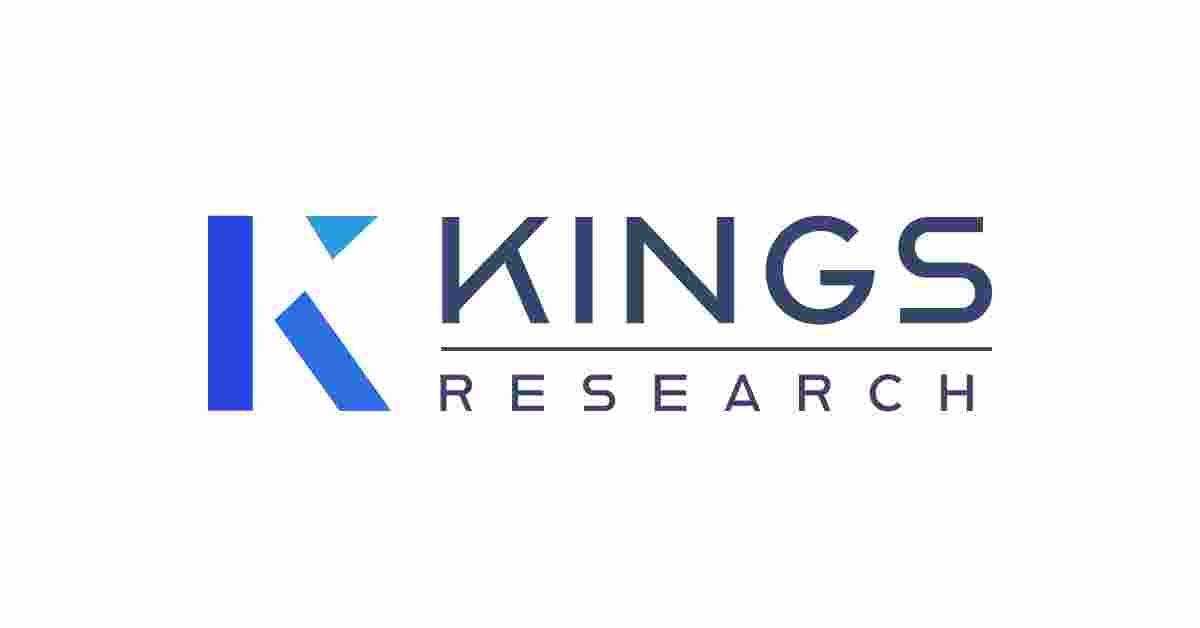The satellite industry is experiencing a renaissance, and the powerhouse behind this transformation is the advancements in Satellite Propulsion Systems. These critical technologies, which keep satellites in orbit, maneuver them, and enable complex missions, are driving unprecedented growth. New data confirms the robust expansion of this market, particularly in the United States, solidifying its position as a global leader in space innovation.
Market Summary: A Stable Trajectory of Growth
The global Satellite Propulsion Systems Market was valued at USD 2.31 billion in 2022 and is projected to reach USD 3.78 billion by 2030. This expansion is underpinned by a steady Compound Annual Growth Rate (CAGR) of 6.51% from 2023 to 2030. The importance of the US in this landscape is undeniable, with the North American market alone accounting for a staggering USD 1.22 billion in 2022, representing the largest single-region contribution globally. This strong foundation highlights the intensive investment and technological maturity present within the United States' space sector.
Market Analysis: The New Race for Space
The current market dynamic is characterized by the shift from traditional, heavy chemical propulsion to more efficient, high-performance electric and hybrid systems. This transition is essential for the success of mega-constellations and deep-space exploration missions. The US market is at the forefront of this evolution, driven by both commercial ventures and government space programs. The push toward smaller, more capable satellites necessitates propulsion systems that are lighter, smarter, and can provide extended lifespan and maneuverability. This innovation cycle is defining the competitive edge for aerospace companies operating within the United States.
Market Scope: From GEO to Low Earth Orbit (LEO)
The scope of the Satellite Propulsion Systems market has never been broader. It spans every segment of the orbital environment:
· Geostationary Orbit (GEO): Traditional large satellites rely on propulsion for station-keeping over their multi-decade lifespan.
· Low Earth Orbit (LEO): Mega-constellations for global internet access require advanced, high-thrust systems for initial deployment and collision avoidance.
· Deep Space: Critical for exploratory probes and lunar/Mars missions undertaken by the US space agency and private partners.
The rising demand for LEO satellite constellations—a market heavily pioneered by US firms—is the single largest driver of unit volume growth for these systems.
Key Market Drivers and Factors for US Leadership
Market Drivers:
1. The Rise of Mega-Constellations: The deployment of thousands of interconnected LEO satellites by commercial US companies is creating unprecedented demand for highly efficient, mass-producible propulsion units.
2. Increased Government and Military Budgets: Continued substantial investment from the US government and defense sector in next-generation satellite communications, intelligence, and surveillance capabilities.
3. Technological Advancements: Rapid innovation in electric (Hall-effect and Ion) and green (non-toxic) propellant systems, which are largely being perfected by US aerospace firms.
Key Factors:
· Cost Efficiency: The intense competition in the commercial launch sector requires propulsion systems that reduce mission costs without sacrificing performance, a key focus for manufacturers in the United States.
· Regulatory Support: Favorable policies and strong governmental support for commercial space activities provide a fertile ground for market growth and technological testing.
Regional Analysis: North America's Command
North America’s dominant market share, anchored by the United States, underscores its established ecosystem. The region hosts the world's leading satellite manufacturers, launch providers, and research institutions. This concentration of expertise, combined with robust funding from both public and private sources, ensures that the US not only consumes the most propulsion systems but also drives the innovation and manufacturing standards for the rest of the world. The sheer volume of satellite launches originating from or funded by US entities guarantees its sustained market leadership.
Recent Developments: Electric Power and Standardization
Recent advancements are heavily focused on Electric Propulsion (EP) systems, which offer significantly higher specific impulse (fuel efficiency) than chemical thrusters. Companies are perfecting miniaturized EP thrusters for CubeSats and SmallSats. Another key development is the movement toward standardization and modularity. This allows propulsion systems to be easily integrated across different satellite bus platforms, speeding up production and reducing costs—a necessity for meeting the deployment schedules of massive US-based constellations. The future of satellite maneuverability and longevity is clearly electric, and the United States is leading the charge.
Get Full Report: https://www.kingsresearch.com/satellite-propulsion-systems-market-48
Get Related Reports:



